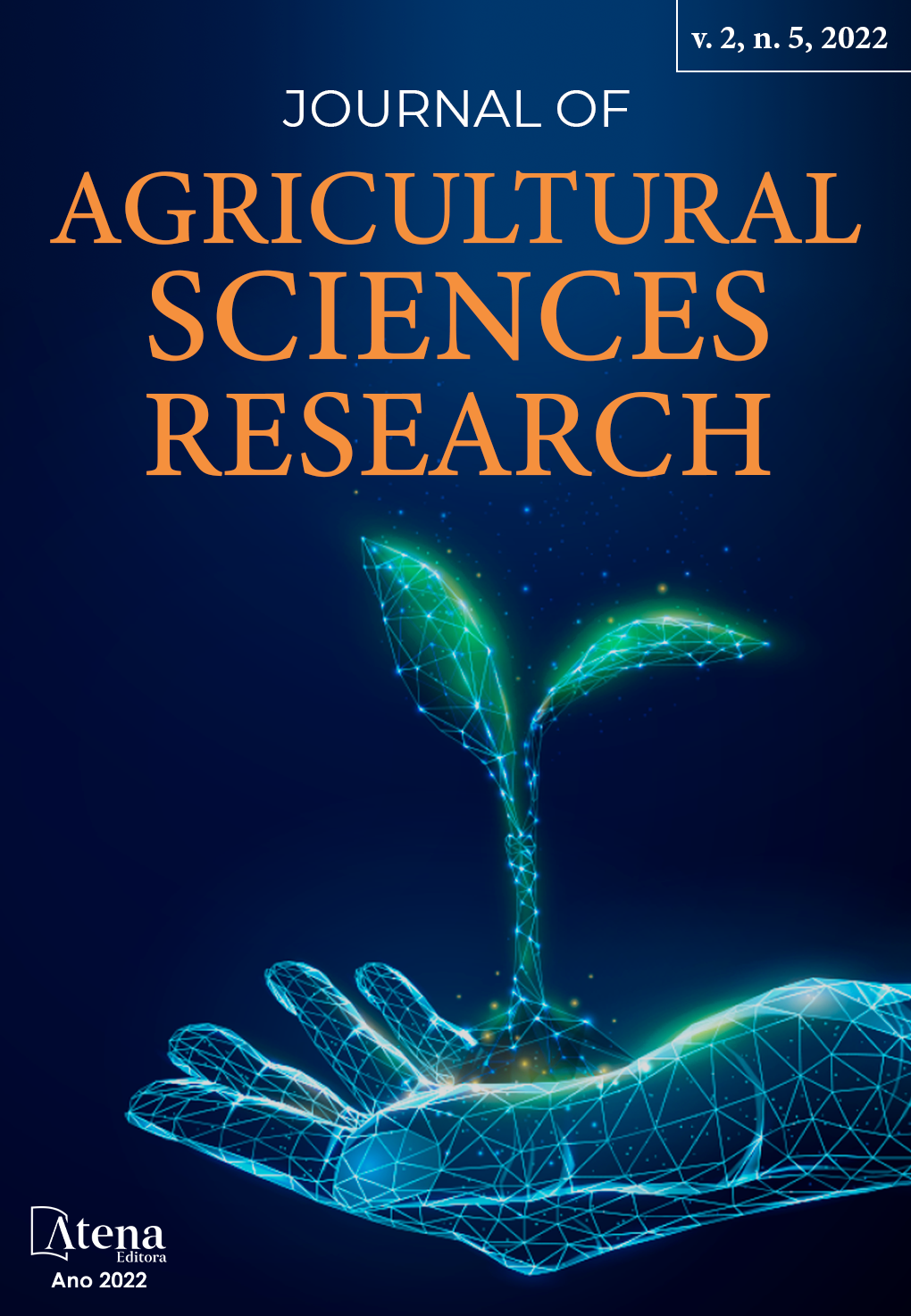
CLIMBING OF SOY GM AND GLYPHOSATE, IN BRAZIL, BETWEEN 2011 AND 2018
The genetically modified soy (GM), tolerant to the herbicide glyphosate (GM/RR), has economic relevance worldwide, having its biotechnological package linked to the consumption of glyphosate, which since the beginning of its commercialization has been the subject of numerous questions regarding to the effects of its use. The objective is to describe the amplitude of the evolution of glyphosate sales and the growth of the cultivation and yield of transgenic soy in the period from 2011 to 2018, in the main soybean producing states of Brazil. Data were collected from the Brazilian Institute for the Environment and Renewable Resources (Ibama and data from the Municipal Agricultural Production (PAM), from the IBGE Automatic Recovery System of the Brazilian Institute of Geography and Statistics (IBGE-SIDRA) and processed in an Excel spreadsheet, for the preparation of tables and graphs. The results showed that the planted area of biotechnological soy has expanded intensely since its adoption in contemporary agriculture, standing out among the other biotechnological crops grown in Brazil and glyphosate has consolidated its commercialization with an increase of 45 % in the last 8 years, approaching 1.5 billion tons, corresponding to 50% of the total pesticides sold in the country.
CLIMBING OF SOY GM AND GLYPHOSATE, IN BRAZIL, BETWEEN 2011 AND 2018
-
DOI: 10.22533/at.ed.973252201066
-
Palavras-chave: GMOs, pesticides, soybeans.
-
Keywords: GMOs, pesticides, soybeans.
-
Abstract:
The genetically modified soy (GM), tolerant to the herbicide glyphosate (GM/RR), has economic relevance worldwide, having its biotechnological package linked to the consumption of glyphosate, which since the beginning of its commercialization has been the subject of numerous questions regarding to the effects of its use. The objective is to describe the amplitude of the evolution of glyphosate sales and the growth of the cultivation and yield of transgenic soy in the period from 2011 to 2018, in the main soybean producing states of Brazil. Data were collected from the Brazilian Institute for the Environment and Renewable Resources (Ibama and data from the Municipal Agricultural Production (PAM), from the IBGE Automatic Recovery System of the Brazilian Institute of Geography and Statistics (IBGE-SIDRA) and processed in an Excel spreadsheet, for the preparation of tables and graphs. The results showed that the planted area of biotechnological soy has expanded intensely since its adoption in contemporary agriculture, standing out among the other biotechnological crops grown in Brazil and glyphosate has consolidated its commercialization with an increase of 45 % in the last 8 years, approaching 1.5 billion tons, corresponding to 50% of the total pesticides sold in the country.
-
Número de páginas: 11
- Pierre Girard
- Sofia Inés Niveiros
- Cleiva Schaurich Mativi


